The Best Field Recorders for High-Quality On-the-Go Audio Capture
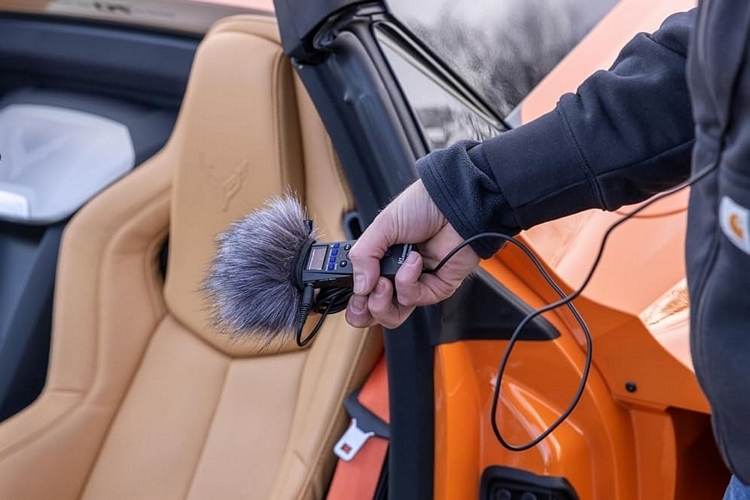
Just like you can use it to capture photos and videos, your phone can also handle audio capture capably, albeit with very limited quality because of the inadequate microphones they usually come with. Suffice to say, you don’t want to use it for anything other than voice memos and rough sound recordings.
As far as capturing audio on the go, nothing beats a dedicated field recorder. These devices are equipped with higher quality mics than you’ll normally get from a smartphone, allowing them to capture clearer sound with proper stereo imaging. If you want to record professional interviews, sound effect samples for your music, or even live practice sessions for your band, a field recorder is absolutely the only way to go.
Some of the best field recorders keep things simple by offering you a mic array and a bunch of recording options. Others go a bit further, adding XLR inputs, multi-track recording, and more advanced features. If you want a field recorder strictly for recording lectures, interviews, or Foleys, chances are, going with the former will be enough. However, if you want to use it for professional-sounding podcasts, live performances, and more, then the latter might actually be more suited to your needs.
These are the best field recorders for capturing high-quality audio on the go.
Sony ICD-UX570
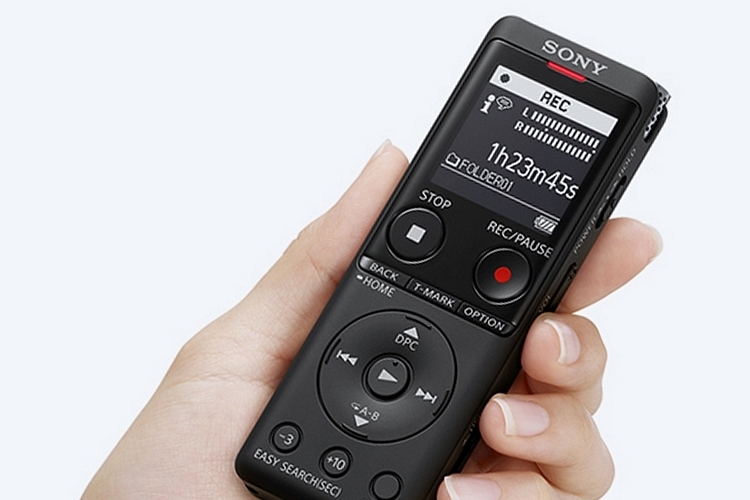
Pros
- Good audio quality
- Very compact size
- Straightforward control interface
Cons
- Picks up a fair amount of background noise
- Limited onboard storage
If you want something extremely pocketable that delivers good recording quality, Sony’s budget-friendly field recorder might be all you need. It’s equipped with two microphones for capturing stereo sound, complete with preset templates for different recording types, including voice memos, lectures, and music recording, among others. You can set the mic to record in wide, narrow, or normal modes, while also offering the option to reduce background noises manually. And yes, you’ll need to play around with the background noise reduction, since it does tend to pick up a fair amount when using the preset templates. It records in either PCM if you want good quality sound or MP3 if you want longer recordings to fit in the 4GB onboard storage, although they also offer a microSD card slot if you need more room for your recordings. We love the straightforward interface, too, which makes it very easy to use.
Zoom H1 Essential
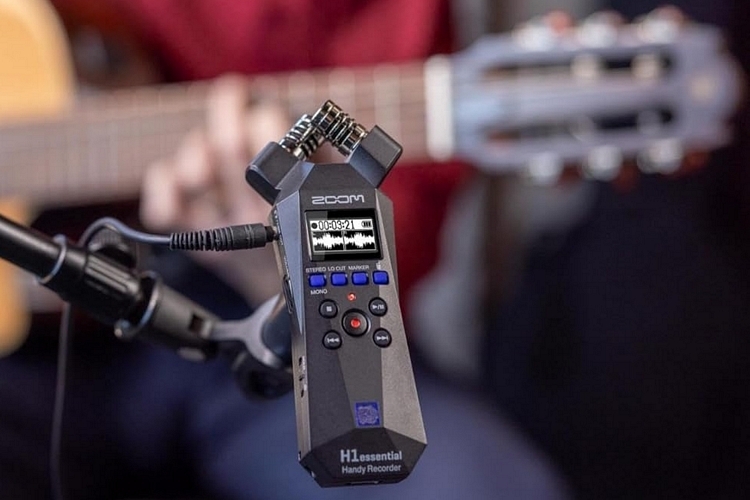
Pros
- 32-bit float audio recording
- Very easy to use
- Very simple interface
Cons
- No onboard storage (needs SD card)
A newer version of the popular Zoom H1n, this field recorder costs just $10 more while coming with support for 32-bit float audio, enabling ultra-high-dynamic-range recordings. For the most part, this means nearly everything is recoverable post-recording, so there’s less worry about clipping or adjusting gain levels during the audio capture. Basically, it records really clean sound with very high dynamic range that gives you plenty of details to work with in post, with everything sounding clear, articulate, and very immersive. This is designed for simplicity, by the way, so the onboard features are really minimal. That means, it’s very accessible to novice users, but might be too simplistic for more demanding audio enthusiasts who prefer plenty of fine-tuning control. Do note, there’s no onboard storage, so it requires an SD card to save the recordings.
Tascam DR-40X
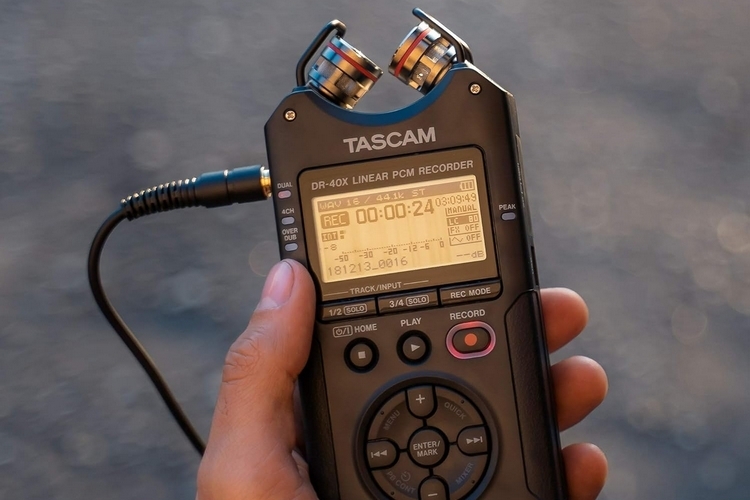
Pros
- Dual XLR/TRS inputs
- Musician-focused features
- Four-track recording
Cons
- Need some time to figure out properly
Designed for musicians, this field recorder comes with XLR inputs along with its two built-in mics, allowing you to plug in additional mics, instruments, or a mixer. It has a four-channel mode, so you can use it for proper four-track recordings, while also serving as a class-compliant four-track audio interface over USB. There’s a bunch of musician-focused features here, including the ability to mix tracks, with overdub recording, reverb effects, and a few other capabilities, as well as a dual-recording feature that lets you record a second safety track at a lower level. Of course, it’s not just for musicians, as there are also modes for recording spoken audio, complete with an equalizer preset specifically for the human voice. We also love the fact that it supports punch-in recording, so you can overwrite sections of a capture without having to redo the whole thing over. The interface is simple, but the amount of features means you’ll need a bit of time to familiarize yourself with the best ways to navigate them.
Roland R-07
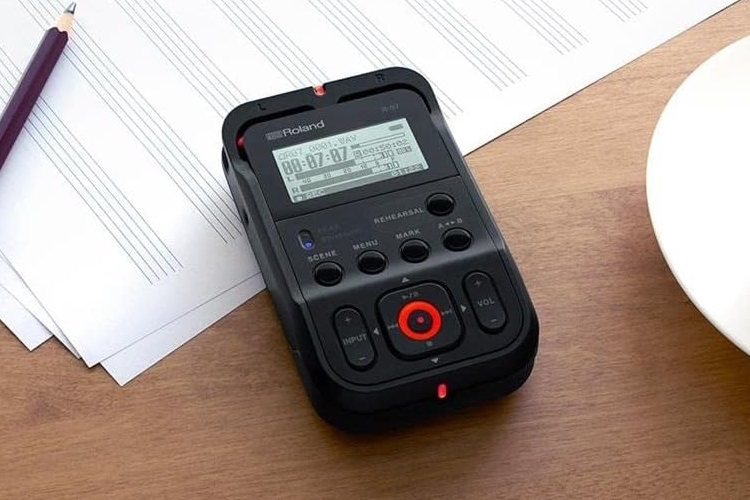
Pros
- Very compact size
- Presets make set up easy
- Bluetooth playback
Cons
- No balanced XLR inputs
While Roland’s compact field recorder looks like a music player from the 2000s, this is actually an impressive device with a very rich feature set. Its mics are internal, allowing for a very compact form factor that lets you keep it in your pants pocket without any trouble, all while capturing 24-bit/96kHz WAV or 320 kbps MP3 recordings. There’s a hybrid-limiting capability that should help prevent overloading and clipping, while also having a dual-recording mode that captures a second track at a lower level for patching up any clipping on the main track. There’s a dedicated “scene” button that lets you switch among various recording presets, making it easy to set up the device for different activities, although you can also adjust various parameters manually (e.g. sample rate, limiter, and more) if the presets don’t quite jive with your own preferences. It has a number of musician-friendly features, including basic editing, marker setting, reverb, and tuner, as well as onboard Bluetooth, so you can playback any recordings wirelessly, which is very convenient.
OM System LS-P5
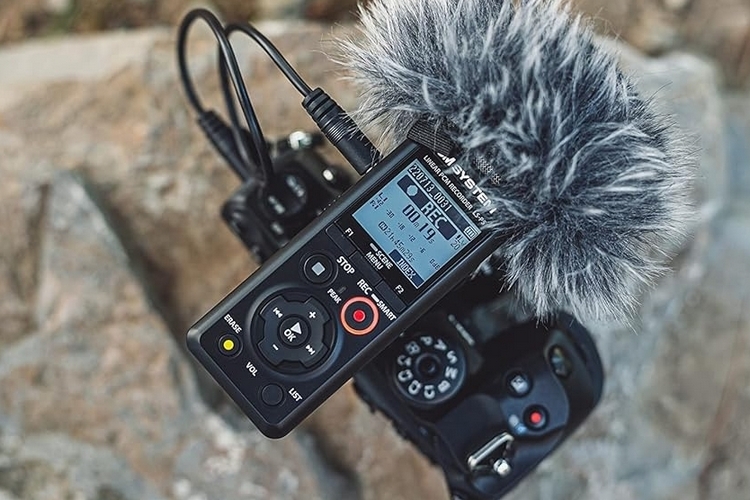
Pros
- Powerful three-mic array
- Excellent Bright Sound mode for dialogue
- Automatic gain control in Smart mode
Cons
- Not great for using external inputs
Yes, the company formerly known as Olympus makes field recorders, too, and this is easily our favorite one from them. First, we love the slim design, which makes it very easy to hold in hand, as well as integrate into camera setups. It uses an excellent mic setup consisting of a near-coincident stereo array and a central mic, enabling a number of recording settings that may not be quite possible for standard dual-mic setups, all while recording in linear PCM, lossless FLAC, or MP3 files. We love the Bright Sound mode, which applies a boost to mid and high frequencies, allowing it to give spoken words a stronger presence, as well as the Smart mode that automatically adjusts gain on the fly to prevent clipping, which is very useful for inexperienced users. It has built-in Bluetooth and app control, too, which makes it easier to use for plenty of situations.
Zoom H6Essential
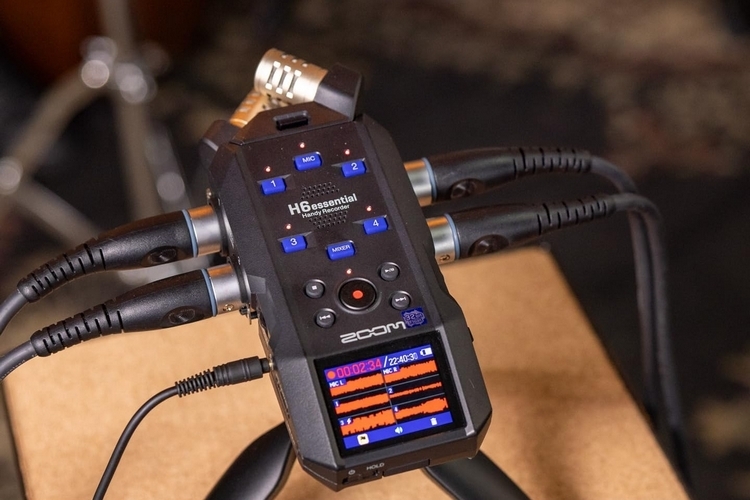
Pros
- 32-bit float audio support
- Six-track recording
- High-visibility screen
Cons
- Screen navigation takes getting used to
Released this year, the Essential version of Zoom’s H6 field recorder comes with 32-bit float audio recording, much like the H1 Essential above. As such, it gets the same main benefit, which is, quite simply, making digital clipping functionally impossible. The integrated X-Y capsule mics are detachable, allowing you to fit in new ones, so long as they will fit in the built-in capsule clips. Do note, this is not the same feature-wise as the standard H6, as they did remove some features, such as the built-in compression, limiting, and metronome, although they did add some new ones, including support for 1TB microSDXC cards, control via an iOS device (requires an aftermarket accessory), and new accessibility features. It retains many of the stuff we love, though, including four locking TRS/XLR connectors, six-track recording, line output for connecting to a camera, and the ability to record to both SD card and over USB simultaneously.
Tascam Portacapture X8
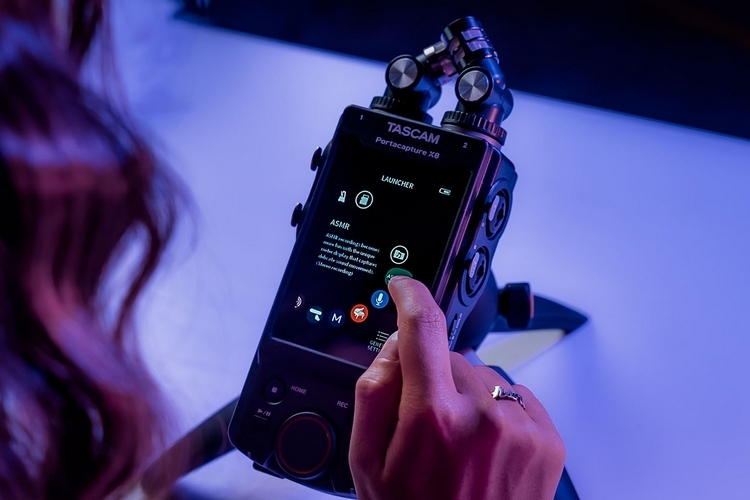
Pros
- Surprisingly easy to use
- 32-bit float point audio
- Six-track recording
Cons
While it didn’t receive great reviews when it first came out, this high-end field recorder got better as time went on, with plenty of firmware upgrades that make it a great pick even at its near-$400 price point. It uses two mics on top that can be positioned in either X-Y or A-B arrays, all while being removable, so you can replace them when any mic that operates on plug-in power, making it easier to upgrade to better hardware later if you want. There are four XLR/TRS inputs with individual phantom power supply, with six-track recording support, making it a veritable mini-recording studio, especially with the promised Pocket Studio update this coming September. It supports 32-bit float point audio, so this thing get you the best recording quality on the go, while a large 3.5-inch color touchscreen makes it easy to navigate through its rich set of features. We love the breadth of the recording modes, too, as it tries to cover everything, even ASMR (seriously). Suffice to say, this is a high-end field recorder that’s both well worth the asking price and surprisingly not that complicated to use.

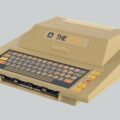
Comments are closed.